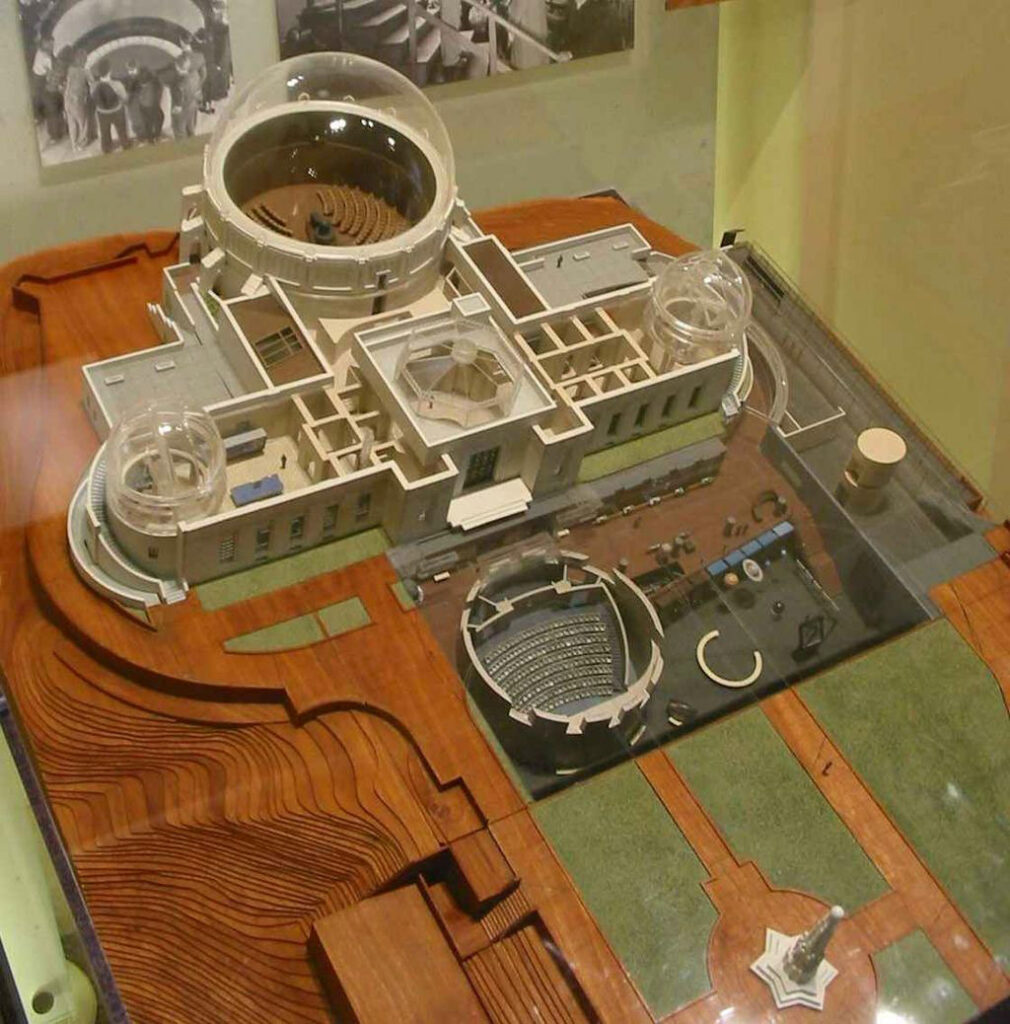Mental Models, Part I
The other day I went to visit LA’s Griffith Observatory for the first time. When I first moved to Los Angeles the Observatory was closed for renovations. It reopened in 2006, and I promptly visited nine years later. It’s a beautiful old building and it’s filled with fascinating exhibits about the sun, the moon, and, you know, the rest of the universe. All of these exhibits distract guests from the painful truth: from this smog- and light-polluted perch above the city you can’t actually observe any stars. At least on a clear night you can see the moon.
Since seeing real stars is out of the question, visitors must content themselves with viewing intricate models of the heavenly bodies at each of the exhibits. A hand-painted model of the moon, about the size of a baseball, whirls on a string in circles around a model Earth. Huge styrofoam models of the planets hang precipitously above visitors’ heads. There’s even a small, sad booth with a handmade scale-model of the Observatory itself. It got me thinking about models, what they are, and how we can use them to help us communicate complex ideas.

A model, put simply, is a simplified version of something in the real world. An architect might make a model of a building that shows what the final design will look like. A biology teacher might teach kids about the skeletal system using one of those creepy, hanging skeleton models. Even something abstract, like a subway map, is a sort of model that recreates something vastly complex in a form that is simple and easy to understand.
The point is this: architect’s models don’t have running water, skeleton models don’t have bone-marrow, and subway maps don’t have rats. In all three cases they strip out extraneous details so you can clearly see what’s important: how the building will look, how the bones connect, how to get downtown without taking a cab. The model maker’s job is to decide which details are worth keeping.
